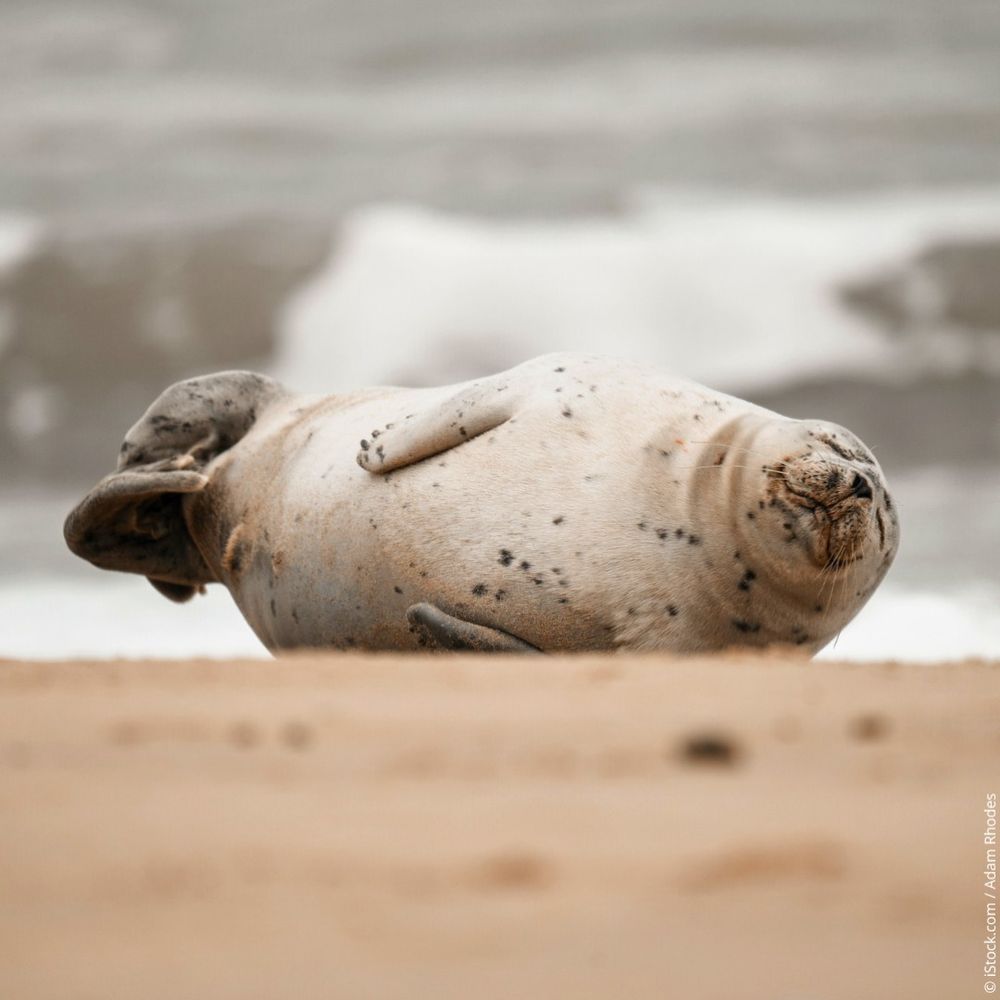www.youtube.com
FULL PRESSER: Newsom Slams Trump at COP30, ‘Polluted Heart of Climate Crisis is Donald Trump’ | AC1G
YouTube video by DRM News
A big list of climate accounts, filtered loosely for keywords. Fill in the form if you want in! All details and full member list here: https://docs.google.com/spreadsheets/d/1QSghRrJxr7tWAGi9Shpwc6QMG5iSnJrNAW9alkHY8kw/edit#gid=0
Feed on Bluesky

www.youtube.com
FULL PRESSER: Newsom Slams Trump at COP30, ‘Polluted Heart of Climate Crisis is Donald Trump’ | AC1G
YouTube video by DRM News


drilled.media
S14, Ep7 | How the Animal Ag Industry Obstructs Climate Policy
Investigating the obstacles to action on climate change.

Good morning with good news: Global BESS/grid battery demand surged 36% during first 9 months of 2025! Why? Plunging prices! Falling BESS cell price plunged system prices by more than 50% in last 2 years. Solar/wind now are often built with batteries! #energysky rhomotion.com/news/benchma...




link.springer.com
Forest or machine? Public perceptions and acceptability of negative emissions technologies and practices across six European countries - Climatic Change
To limit climate change to 1.5 °C, negative emission technologies and practices (NETPs) are needed to supplement, not replace, other essential mitigation efforts. We conducted a large scale survey on ...



Exclusive by me: A quarter of the world’s population lives within three miles (5km) of operational fossil fuel projects, threatening the health of more than 2bn people as well as critical ecosystems, according to first-of-its-kind research. @amnesty.org www.theguardian.com/environment/...
www.theguardian.com


propakistani.pk
Qatar Agrees to Divert 24 LNG Cargoes; Pakistan to Pay Price Difference
Pakistan and Qatar have agreed to divert 24 liquefied natural gas (LNG) cargoes next year as domestic demand continues to weaken, particularly from the



There are reasons to consider the physical and cognitive environment of COP30. This high-stakes diplomacy happens in spaces that are, literally and figuratively, disconnected from nature and human rhythms.
insideclimatenews.org




www.nesta.org.uk
Paying for heat pumps
Exploring how innovative business and finance models could enable consumers to install a heat pump for zero or boiler-parity upfront cost


www.youtube.com
Unpacking AR7 Ambitions
YouTube video by Intergovernmental Panel on Climate Change (IPCC)


cleantechnica.com
Tesla's Hail Mary — Signs of Progress vs. Historical Concerns - CleanTechnica
Support CleanTechnica's work through a Substack subscription or on Stripe. Earlier today, under an article by Steve Hanley on Tesla’s sales crashing even further in Germany and China, in response to a...

Every single company, government or individual celebrating the IEA's new fossil-explosion scenario is also celebrating the heating of earth by three bloody degrees:


Every single company, government or individual celebrating the IEA's new fossil-explosion scenario is also celebrating the heating of earth by three bloody degrees:



www.inforadio.de
Klimaforscher Edenhofer: So können wir die Temperaturkurve zurückbiegen
Seit Montag läuft die Weltklimakonferenz in Belém. Ottmar Edenhofer vom Potsdam-Institut für Klimafolgenforschung hat Hoffnung, dass der Temperaturanstieg zurückgedreht werden könnte.





www.bloomberg.com
Governments Are Flying Blind on Climate Costs, Study Says
Most governments have little idea how much they spend on fighting climate change — or how to cope with its worsening effects.


